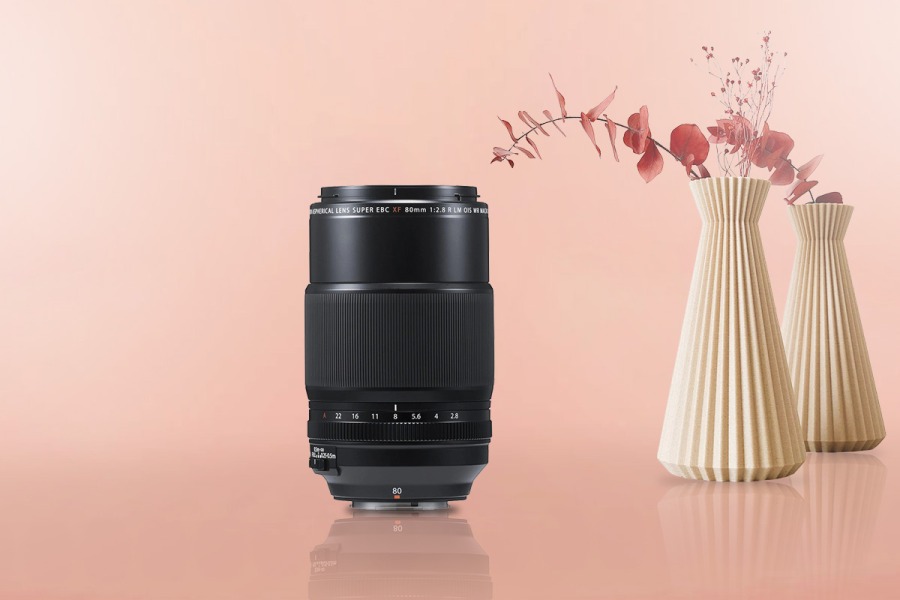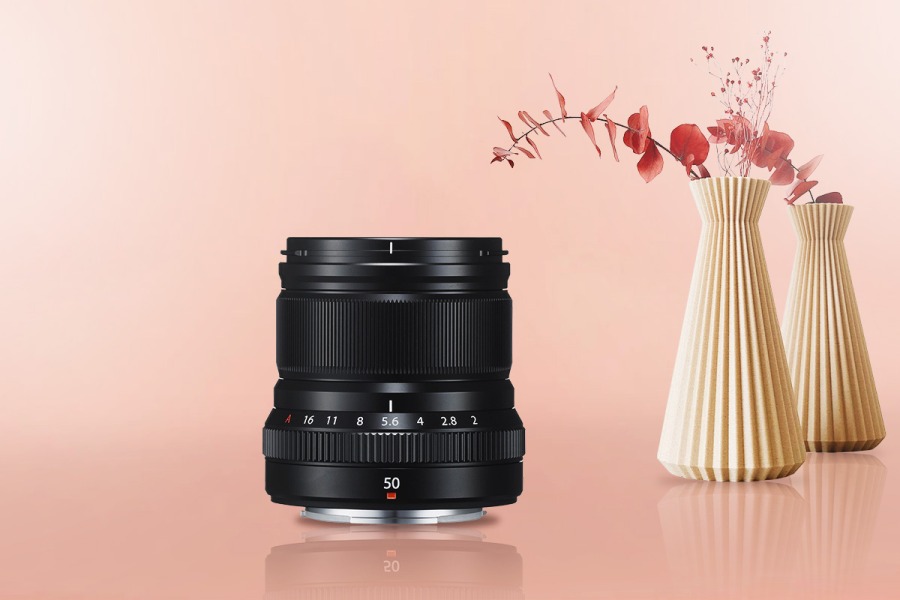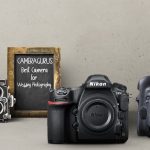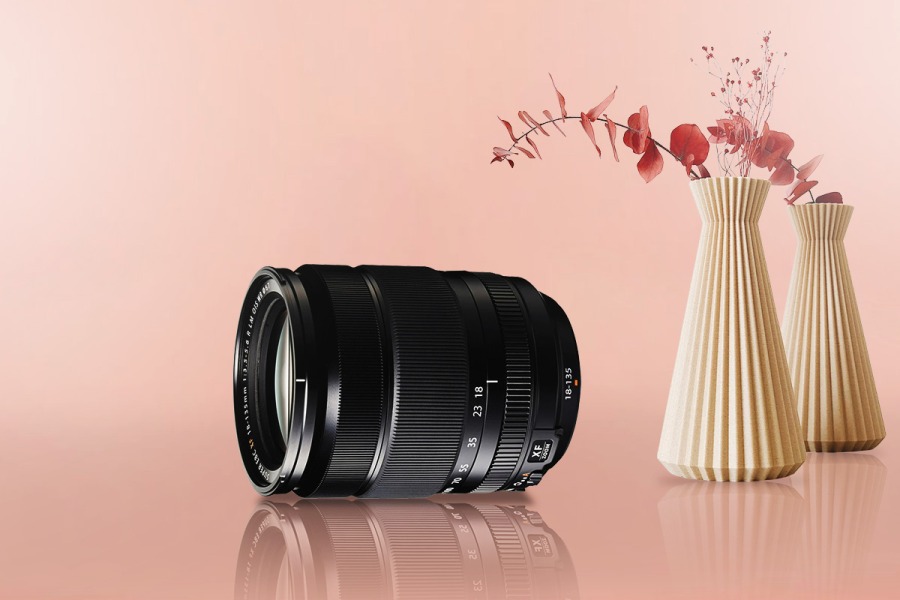
Lenses play an essential role in how your photography game will turn out. You made the right choice by grabbing the prominent Fujifilm X-T4. It is an excellent mirrorless camera from Fujifilm’s great X-T lineup.
However, no matter how good the camera is, it still needs a good lens to complement it.
I have rounded up the best lenses for Fuji xt4, and in the end, you will also find a buying guide.
A Quick Look At My Favorite Fuji XT-4 Lenses
| Image | Product | Features | Price |
|---|---|---|---|
Best For Landscape  | 8.6 | Check Price On Amazon | |
Best Wide-Angle  | 8.5 | Check Price On Amazon | |
Best For Photojournalists  | 9.1 | Check Price On Amazon | |
Best Image Stabilisation  | 8.8 | Check Price On Amazon | |
Best Lightweight  | 8.6 | Check Price On Amazon | |
Best Zoom  | 8.2 | Check Price On Amazon | |
Best For Portraits  | 8 | Check Price On Amazon |
Key Takeaways
- The primary camera accessory that significantly impacts the quality of a photograph is a lens.
- One of the most excellent mirrorless cameras, the Fujifilm X-T4, also requires a fantastic lens.
- The Fujinon XF50mmF2 R WR Lens is the most acceptable option if you enjoy capturing portrait shots and want to do it well.
- Buying the Fujinon XF18-135mmF3.5-5.6 R LM OIS WR may obtain the greatest image stabilization.
- The type of lens you pick will depend on your demands, but there are several that will be a tremendous investment.
Top 7 Best Lenses for Fuji XT4
7. Fujinon XF8-16mmF2.8R LM WR – Best For Landscape
What I Like
- Great Quality
- Well Built
- Minimal aberration performance
What I Don’t Like
- It is quite big and heavy
Starting right away, with a beastly wide-angle lens, the XF8-16mm F2.8 R LM WR.
This is a really fast ultra-wide zoom lens that has a great aperture of F2.8; making it a splendid low-light performer.
It is really well built and compact. As far as optical construction goes it is made out of 20 elements and 13 groups that include 4 aspherical lenses to minimize the distortions and spherical aberrations.
And to fend off chromatic aberration and ghosting it includes 6 ED lens elements and 3 ED extras.
What’s more is that it is also resistant to dust, moisture, and low temperatures down to -10 degrees. It doesn’t stop here, the front of the lens is coated in fluorine to repel water and dirt.
The lens also features linear motors that provide great autofocus, it is ultra-fast and silent.
Overall, it is a great lens for wide-angle work like landscape photography or night shoots like astrophotography.
Why should you buy it?
This is the best lens if you are into landscapes and you enjoy taking photos of different landscapes.
Fujinon XF8-16mmF2.8R LM WR Sample Photos



6. Fujifilm XF23mmF2 R WR – Best Wide-Angle
What I Like
- Compact and lightweight
- Great low-light performance
- Well Built
- Well Priced
What I Don’t Like
- It might be soft sometimes
Next, we have a really hard-to-beat prime wide-angle lens, the Fujifilm XF23mm F2 R WR.
Despite having a fixed focal length, this is a really versatile lens that will reward street, architect, traveling, landscape photographers.
It has a really great corner-to-corner sharpness, with insane autofocus capabilities. Imagine pairing the lens auto-focus with X-T4 super autofocus, even if you tried to defocus, would be pretty much impossible.
What’s more, it is really well built and compact you can just toss it on your pocket and you are good to go, you won’t even need your camera bag.
Just like the camera itself, the lens is also weather-sealed meaning it will easily survive sudden rain and harsh weather.
It has a remarkably upright wide aperture of f/2 that makes the lens a superb low-light performer.
Why should you buy it?
This lens is really well built and compact you can just toss it in your pocket and you are good to go.
Fujifilm XF23mmF2 R WR Sample Photos

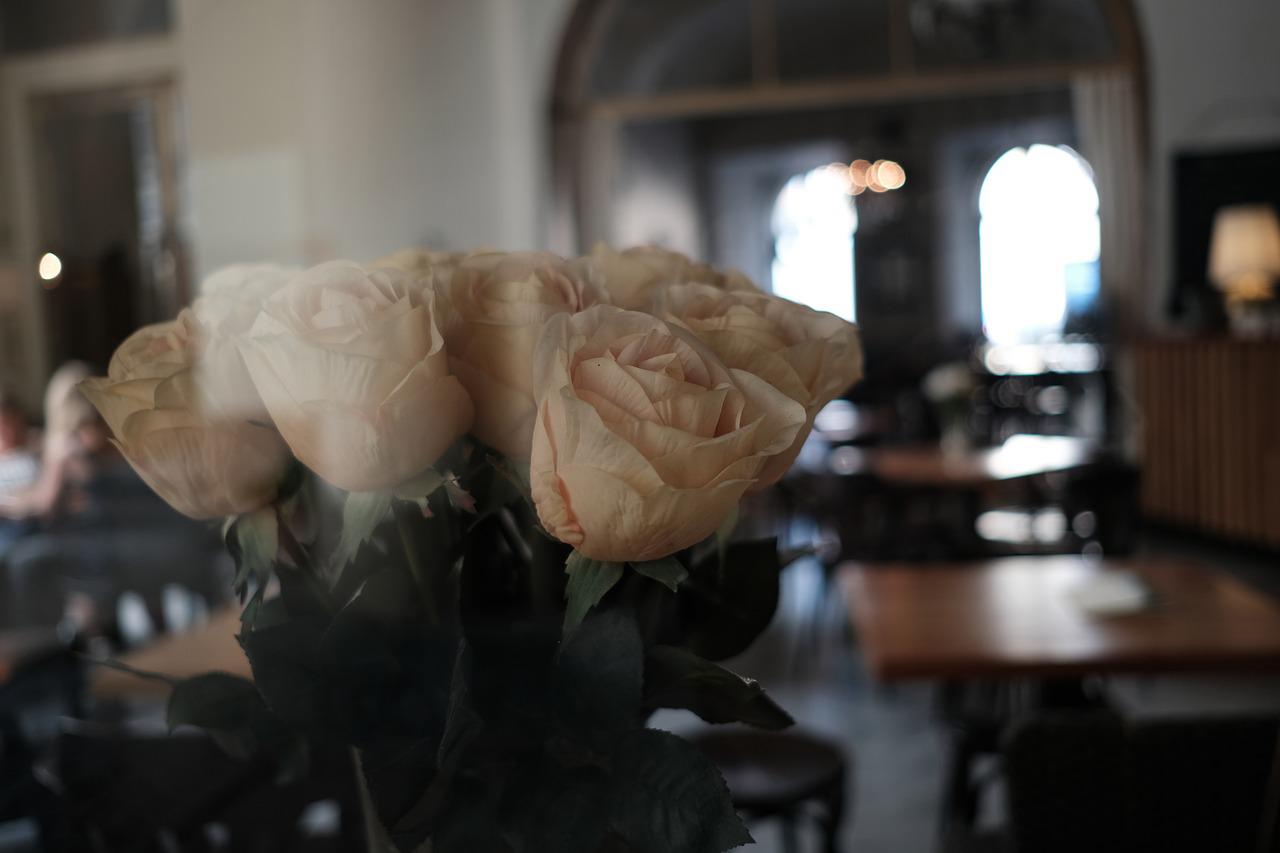

5. Fujinon XF16-55mmF2.8 R LM WR – Best For Photojournalists
What I Like
- Really Versatile
- Well built
- Good sharpness
What I Don’t Like
- No built-in image stabilization
- A bit heavy
On the next spot comes a zoom lens, the Fujinon XF16-55mmF2.8 R LM WR.
As soon as you spot this lens or pull it out of the box, you notice the red badge on the bottom corner.
The red badge implies that Fujifilm has taken their time making this lens, and is branded like that because it is a high-tier lens.
It comes in a full metal body that makes it indeed heavy but still solid and can take some harsh beating. It will also be able to survive harsh weather, due to weather seal.
The focal range sits at a really comfortable range that will benefit both portrait photographers and the ones that do wide-angle photography, like landscapes and buildings.
It has a Nano-Gi coating to fight ghosting and flaring, while also a 9 rounded blade aperture for a smooth and creamy bokeh effect. You can use this lens for almost anything, sometimes i even use it as a family portrait lens.
Why should you buy it?
If you are a journalist, and you are looking for the best lens for your camera, then you have just found the most suitable lens for you.
Fujinon XF16-55mmF2.8 R LM WR Sample Photos



4. Fujinon XF18-135mmF3.5-5.6 R LM OIS WR – Best Image Stabilisation
What I Like
- Great Build Quality
- Unbeatable Focal Rang
- Good Overall Quality
What I Don’t Like
- Aperture could have been better
- Auto-Focus can be a little slow at times
Yet again another zoom lens, but this one will spice things a bit with its focal range.
The Fujinon XF18-135mmF3.5-5.6 R LM OIS WR, has possibly the perfect mount of focal range that covers pretty much any type of photography, while it won’t be able to do it as a prime lens can it still stores tons of versatility.
It is a lens that is reasonably priced and feature-packed.
It is an ideal lens for traveling, not only because of its focal range but also to be well built and compact.
It has built-in image stabilization and it offers excellent sharpness, just note that they might become soft at the minimum focal range (18mm).
Overall it is a great camera if you are a photographer who dislikes taking big luggage with you. Its focal range hit all the bases you will need, it might be a bit slow on some fields, still, it will do the job it is set out to do.
Why should you buy it?
This lens is reasonably priced and it has the best image stabilization.
Fujinon XF18-135mmF3.5-5.6 R LM OIS WR Sample Photos


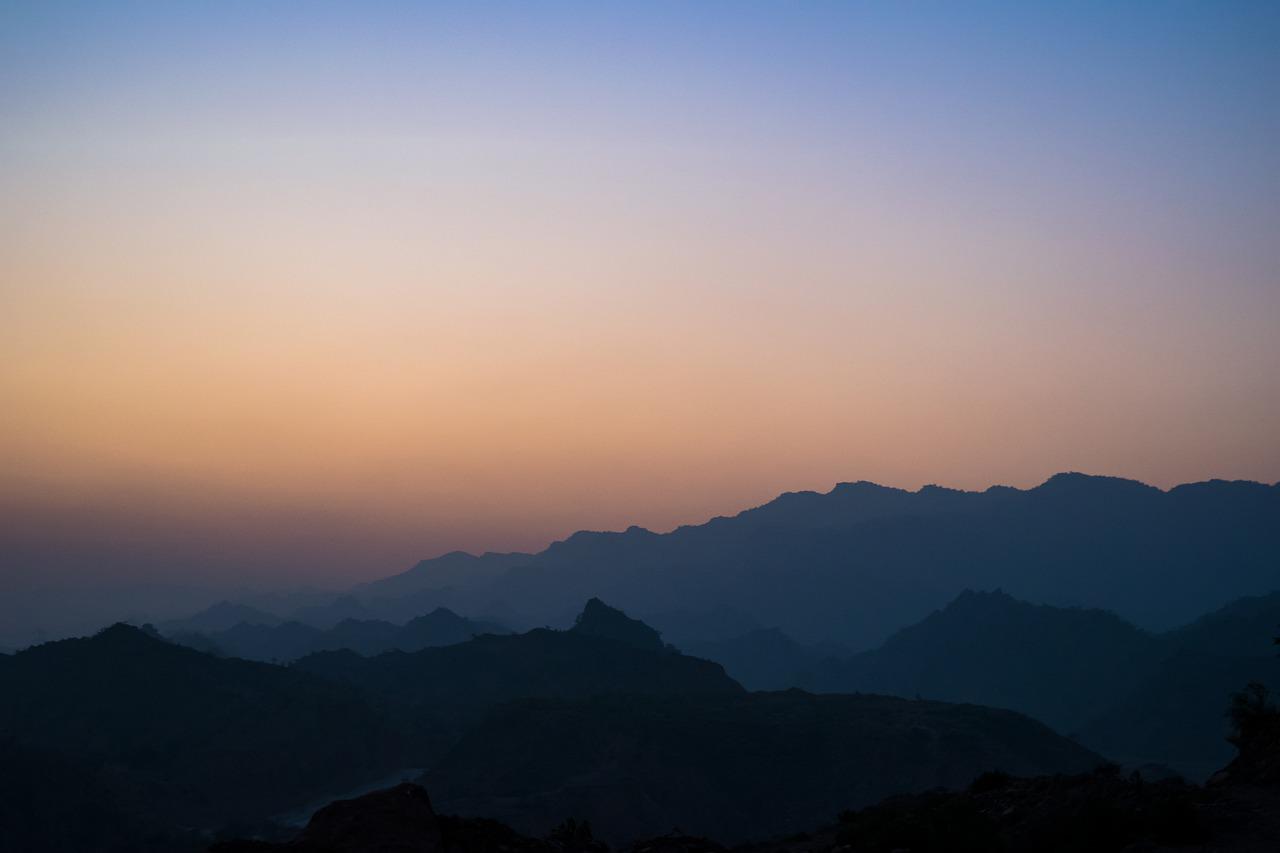
3. Fujinon XF80mmF2.8 R LM OIS – Best Lightweight
What I Like
- Great Macro Capabilities
- Great Bokeh Effect
- Well-Built
- Built-in image stabilization
What I Don’t Like
- It is on the heavy side
- A bit pricey
Don’t worry fellow macro shooters, I didn’t forget you, I made sure to put a great macro lens like the Fujinon XF80mmF2.8 R LM OIS that will highly benefit all macro shooters.
Besides it’s well built, what makes this lens so good for macro photography, must be the implementation of optical image stabilization.
The built-in stabilization will remove the need for a tripod and will offer shake-free content, any kind of shake that might occur will be suppressed thanks to the lens and the camera itself.
It also has the new AF system of fuji, the Floating Focus System which is really fast and superb with many new capabilities.
Its optical construction consists of 16 elements in 12 groups without leaving an aspherical lens behind.
Chromatic aberrations are kept at a minimum due to the ED lenses.
No doubt, that this lens delivers what it is set out to do, you will enjoy your macro photography way more.
Why should you buy it?
This lens is the most lightweight lens you can get, so wherever you are going, you can take this lens with you since it won’t deliver a lot of struggle.
Fujinon XF80mmF2.8 R LM OIS Sample Photos



2. Fujifilm XF50-140mmF2.8 R LM OIS WR – Best Zoom
What I Like
- Premium Build
- Great Focusing Capabilities
- Optical Image stabilization
- Great Sharpness
What I Don’t Like
- Painful Price
- Quite heavy
This lens is the true definition of “You get, what you pay for”.
The Fujifilm XF50-140mmF2.8 R LM OIS WR is one heavy and expensive telephoto lens that lives up to its price thanks to the performances it brings to the table.
The focal range it covers makes it ideal for wildlife photography and sports photography.
The f/2.8 aperture is constant through all zoom ranges and superb in low-light performance. Be it night or day this bad boy will deliver.
It features a Triple linear motor that gives a swift and silent autofocus system, meaning it will work wonders if you are into hunting/wildlife.
It also includes a tripod collar that makes it easy to mount on a tripod.
Overall, is a great lens that you should not miss if you are heavily oriented towards nature/wildlife. Definitely one of the best lenses for Fuji xt4.
Fujifilm XF50-140mmF2.8 R LM OIS WR Sample Photos



Why should you buy it?
This lens is constant through all zoom ranges and superb in low-light performance, and that’s a reason enough for you to purchase it.
1. Fujinon XF50mmF2 R WR Lens – Best For Portraits
What I Like
- Compact and Lightweight
- Well Priced
- Good Autofocus capabilities
- Great Bokeh
What I Don’t Like
- No built-in stabilisation
If you like to keep things at human eye level and capture great portraitures, you are going to love the Fujinon XF50mmF2 R WR Lens.
This is a mid-telephoto lens that has a focal length that is equivalent to 76mm. It is compact lightweight and really well built.
The optical design features 9 elements in 7 groups; it doesn’t miss to include an aspherical ED lens and an inner focusing system.
Just like with most lenses above, it is weather-sealed and can operate in temperatures as low as -10 degrees.
The Fujinon 50mm, is a great standard lens that will benefit mostly portrait photographers, but also anyone who wants to take standard photos. Overall, i think it’s one of the best portrait lenses out there.
Why should you buy it?
This lens is a great standard lens that will benefit mostly portrait photographers, but also anyone who wants to take standard photos.
Fujinon XF50mmF2 R WR Lens Sample Photos



Fujifilm Lens Buying Guide
Before, buying the best lens for Fuji xt4 there are a few things that you should highly consider.
Before I start breaking down on them, below you will find a picture that explains the letters you encountered on the lenses above.

Focal Length
The focal length is what determines what lens you are getting and which one would suit your photography style the most.
Mostly you will find the focal range of your lens on its name, lenses are usually named after their focal length; it is measured in millimeters.
Simply put it’s the distance between the lens and the image sensor.
What you can consider a short focal length would be a wide-angle lens that goes from up to 50mm.
50mm is the focal range of the human eye and it is considered a standard focal length.
Everything above 85mm, slowly falls in the telephoto lens territory meaning they are long focal lengths.
Aperture
Aperture is another essential factor that will determine how sharp and good your photos will come out
It implies the amount of light that enters the camera, and you will mostly encounter it with an f and numbers following, e:g f/2.8
The higher the f-number is the less light goes in the camera and vice versa, the lower the f-number is more light will go through.
A good aperture lens will perform great even in low-light environments.
Lens Build
Even though not as important as the two above, the construction of the lens also plays a role.
Some high-end lenses come with extra coatings that help with chromatic aberration, ghosting, and such.
Some of them have weather sealing, the WR I explained earlier – which is a great feature, especially if you shoot outside and sudden rains can occur.
Price
Well, why this might sound, obvious,
a premium lens always will offer the best content and features, but it will surely destroy your wallet in return.
If you can bypass the prices, don’t hesitate on getting a high-end lens it will last you a great amount of time and it will be worth it, in the end
That’s it if you take photography seriously.
Otherwise, a cheap lens might do the trick, but if you are serious about photography, they always cost more in the long run.
Frequently Asked Questions
Is the X-T4 a good camera?
It sure is; it is a mirrorless camera that can capture great stills and has great video capabilities, 4k content, and such. It is also decently priced despite being on par with some good flagships that are out there.
Zoom Lens or Prime Lens, Which one is better?
While I can’t tell you which one is the best exactly, I can say that both types of lenses are equally good. A zoom lens will offer you more versatility and better portability, while a Prime one has a faster aperture with limited versatility due to the fixed focal range.
What else can I use with the Fuji X-T4 camera?
Besides the lens, something else that you can use with your Fuji camera is a tripod or a monopod. These two camera accessories will help you capture super-stable pictures.
Final Words

Although you own a pretty decent camera, if you make the wrong purchase, it will also impact the camera.
So make sure you do your homework properly before jumping and buying the first lens you see.
While some of them might look good on paper, might not be use to you.
You need to target the one that will benefit your style, despite what other says.
Further Reading
If you are done picking a lens, you might need a gimbal, I have listed some great XT3 gimbals that will work just as well with your XT4.
Or if you have everything ready and battery life is your concern, I got just the thing for you, an article regarding XT3 battery life.
If you have struggled recently with a blurry zoom, you can check out why is your camera blurry on zoom?
Or something interesting that might pique your interest would be, why do you look bad in photos?
This is it, hopefully, I was informative and clear.
Until next time,
Enjoy!

Camera Tester & Reviewer
I spend most of my time taking photos & videos of everything in sight. Yes, I am a stock photographer and I’ve probably taken more than 700,000 photos so far.



